Explore India’s Aditya L1 Solar Mission, a groundbreaking endeavor to decode the Sun’s mysteries. Discover its strategic orbit, advanced payloads, and potential contributions to space science.
Table of Contents
Introduction
The Aditya L1 mission, spearheaded by the Indian Space Research Organisation (ISRO), is poised to make history as India’s pioneering space-based mission dedicated to the comprehensive study of our Sun. Scheduled for launch on September 2, 2023, this mission aims to unlock the secrets of solar storms, space weather phenomena, and various solar activities. In this article, we will delve into the mission’s objectives, payloads, technical aspects, and its significance in the realm of solar research.
Aditya L1 Mission: A Solar Odyssey
The Aditya L1 mission is strategically designed to orbit the Sun at a unique position known as the Lagrange Point 1 (L1), approximately 1.5 million kilometers away from Earth. Unlike Earth-bound observatories, this halo orbit around L1 provides an unobstructed view of the Sun, allowing continuous observation of solar activities without any interruptions caused by eclipses or occultations. This advantageous position enables scientists to gather real-time data on solar dynamics and their impact on space weather.
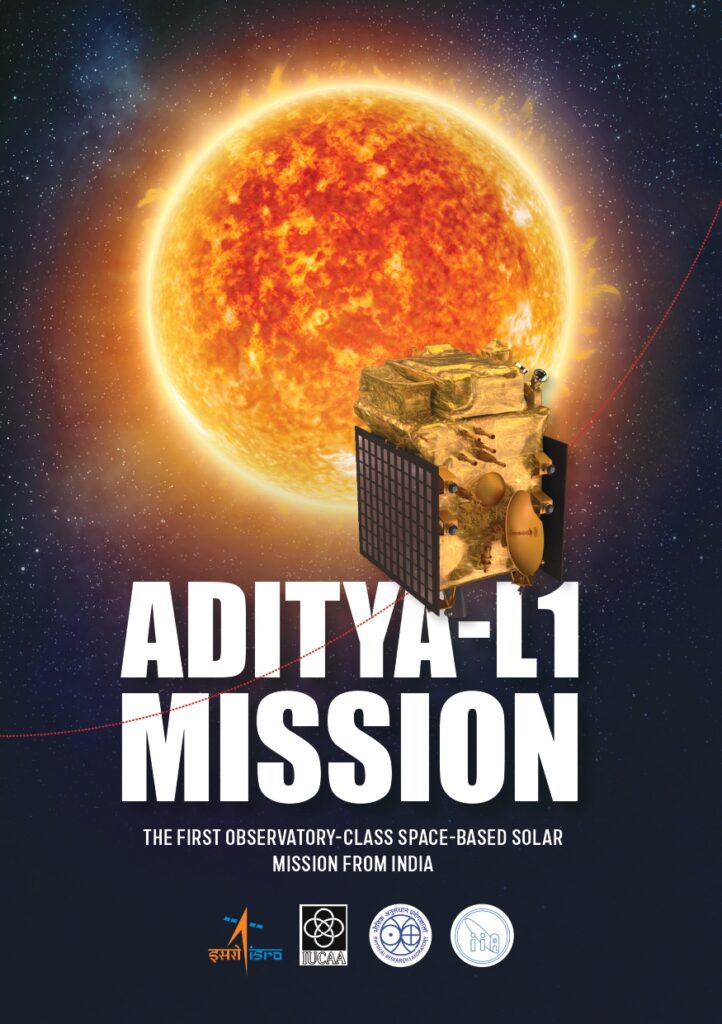

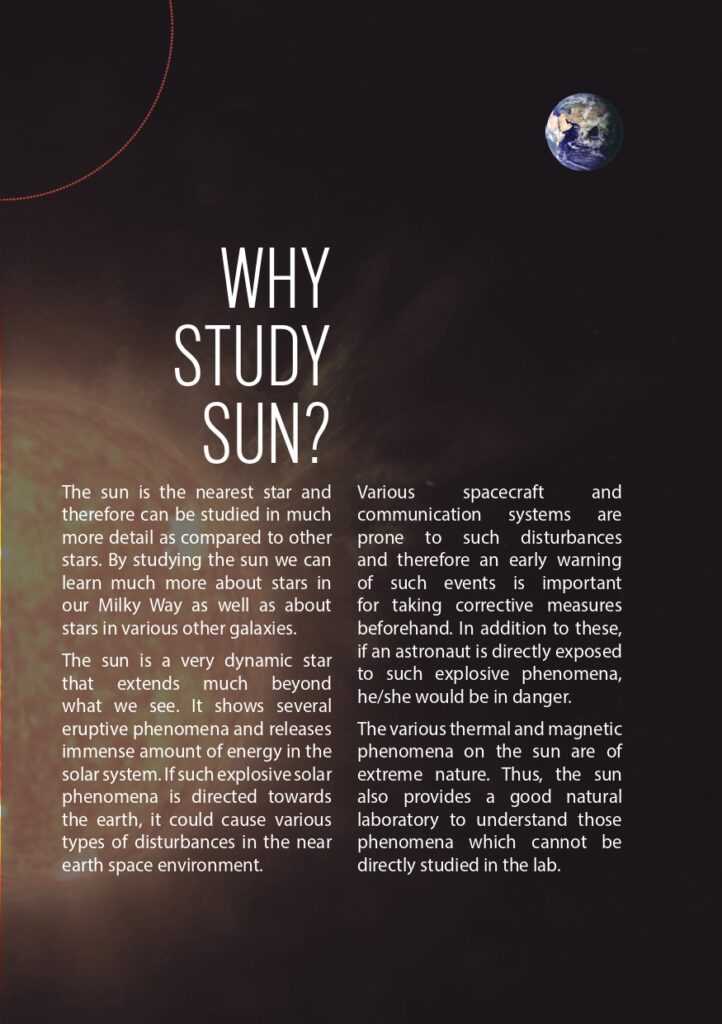
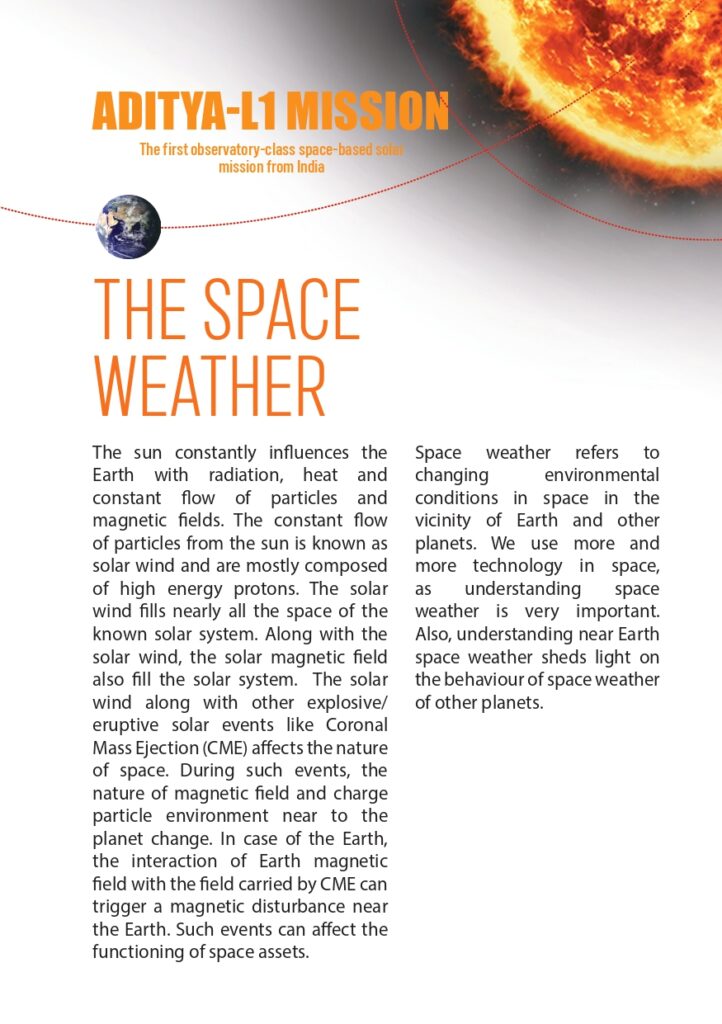
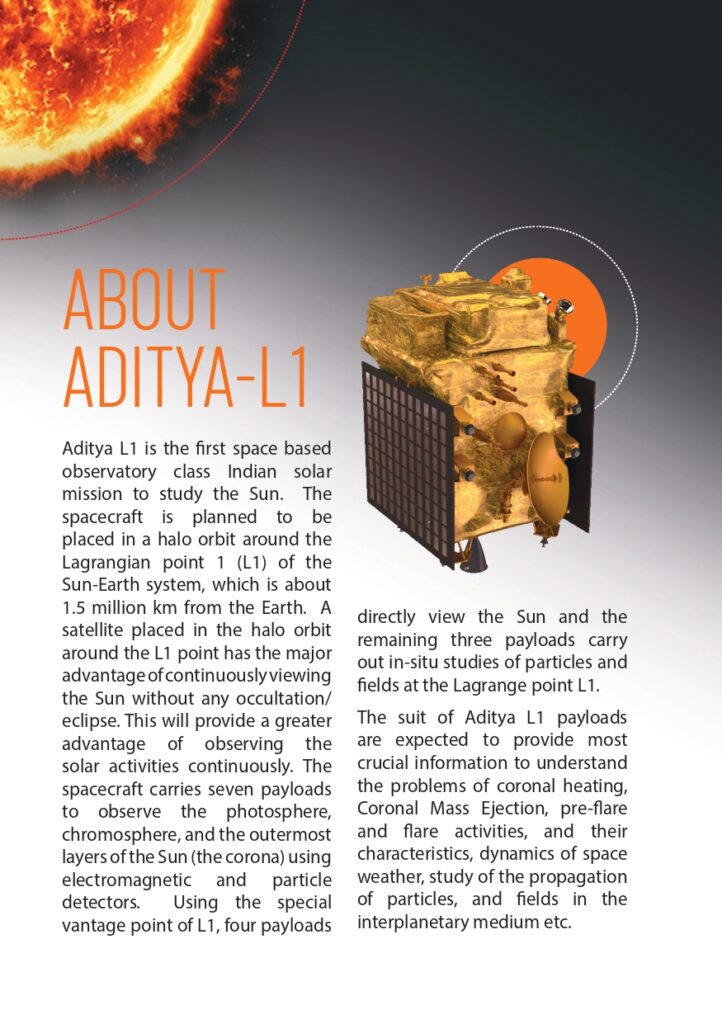
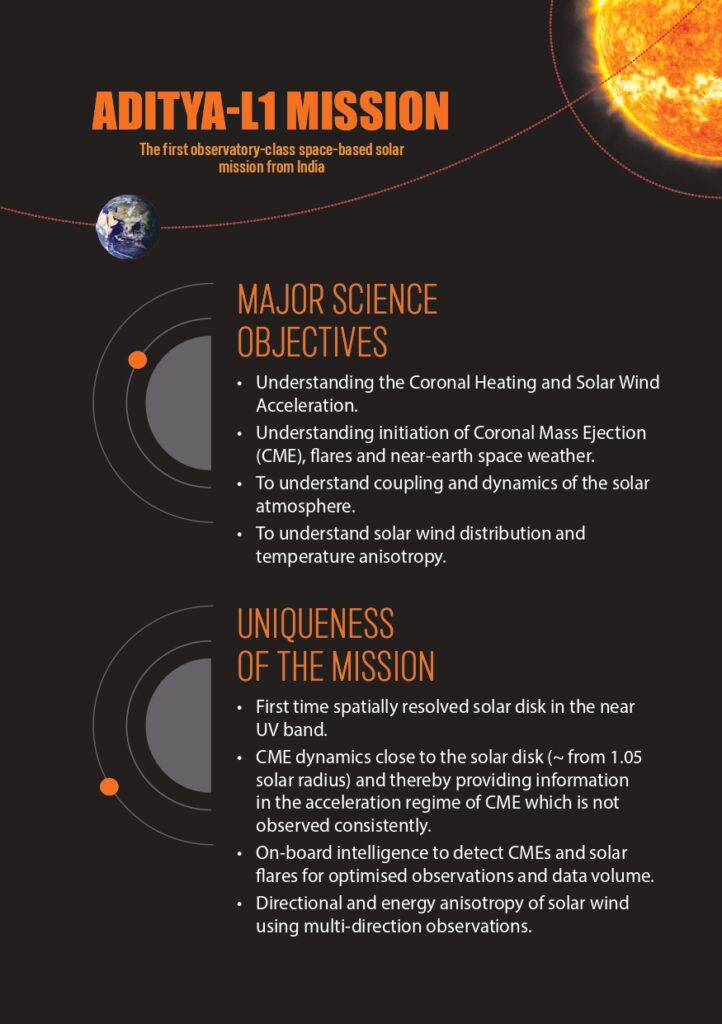
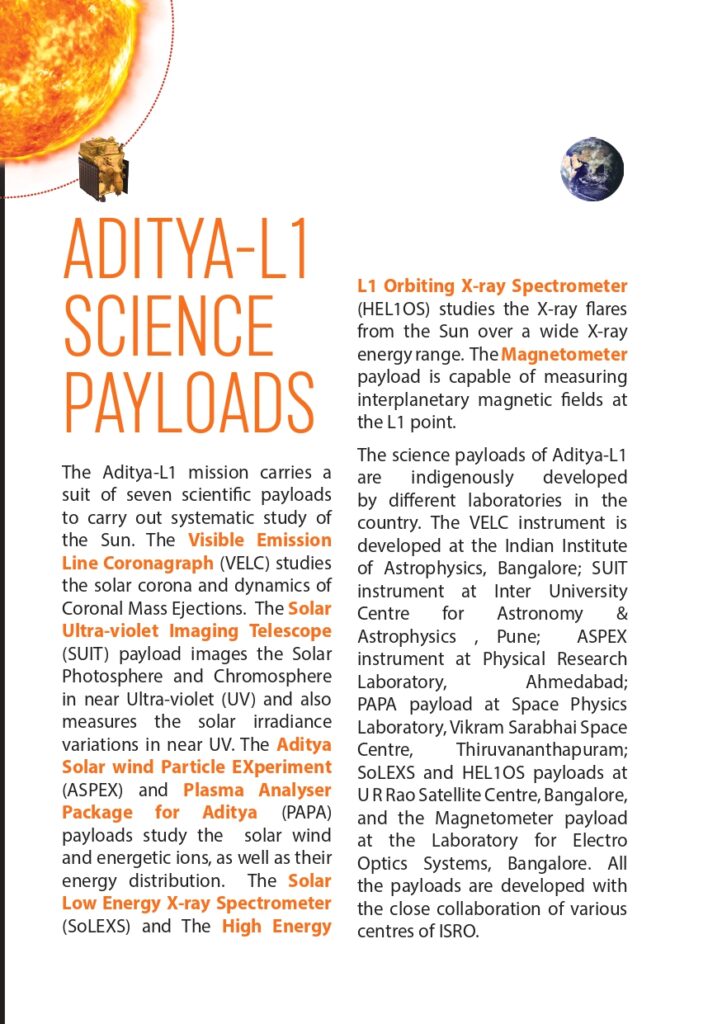
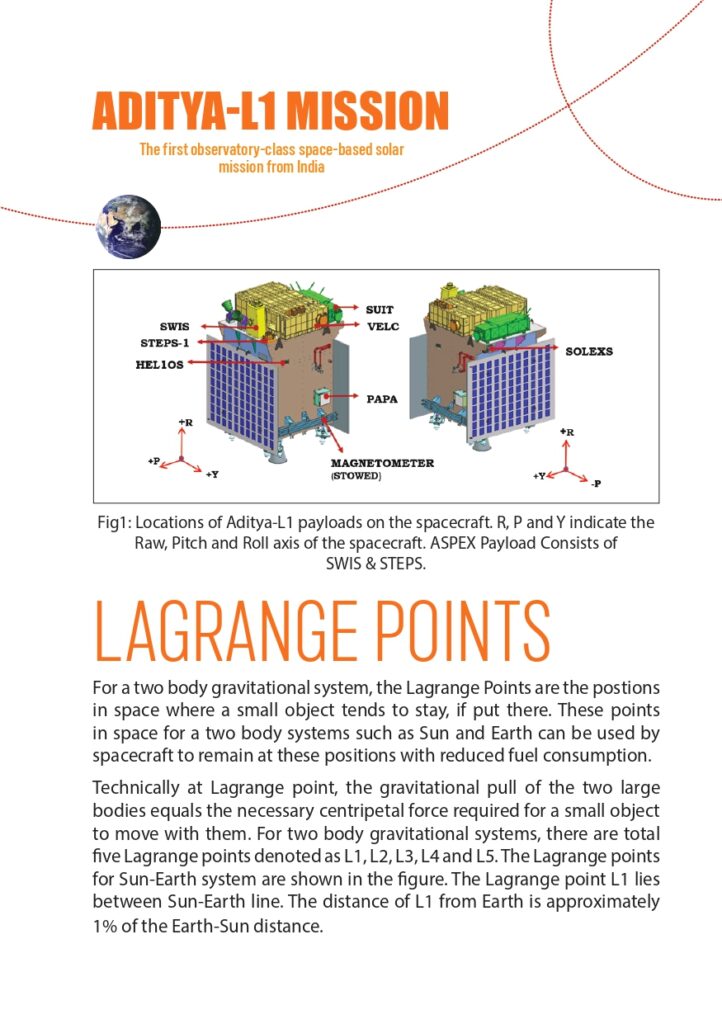
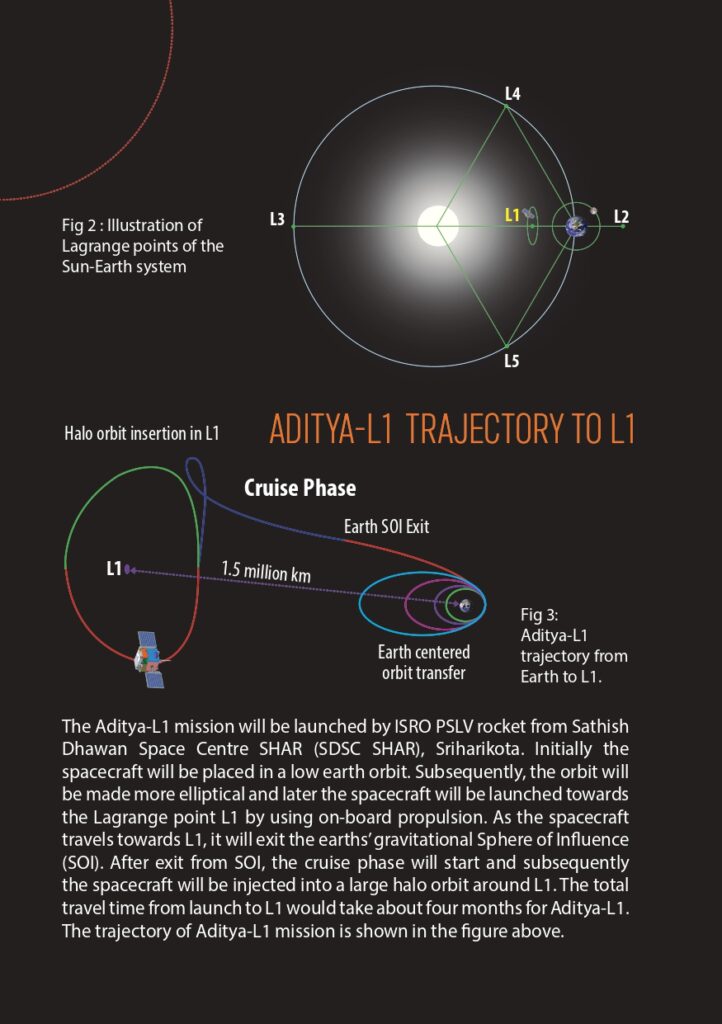
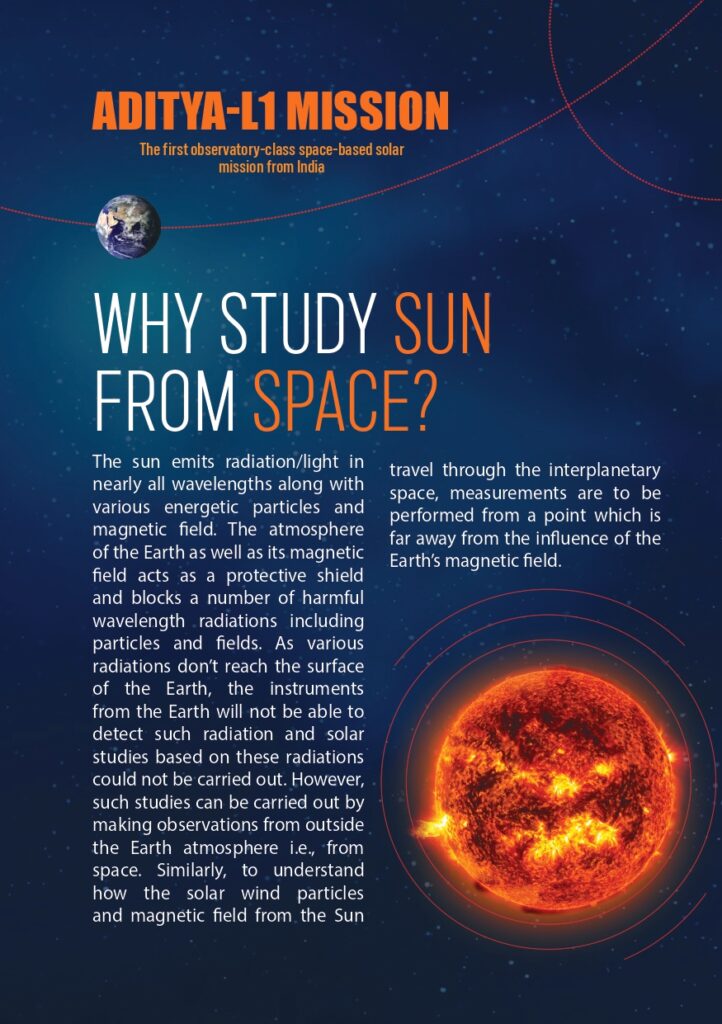
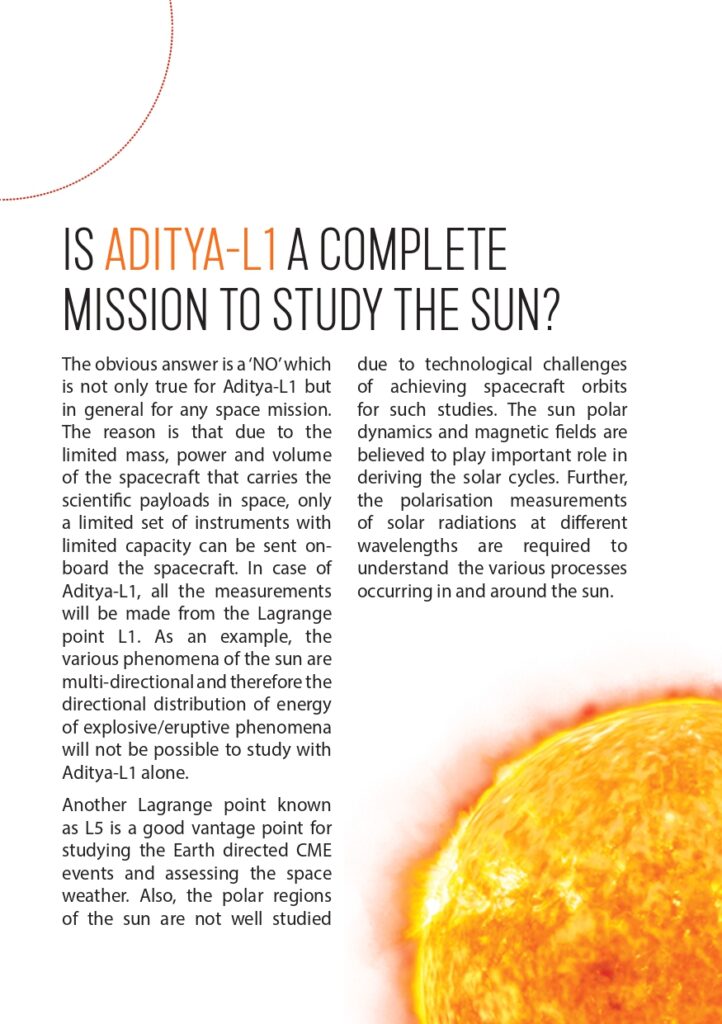
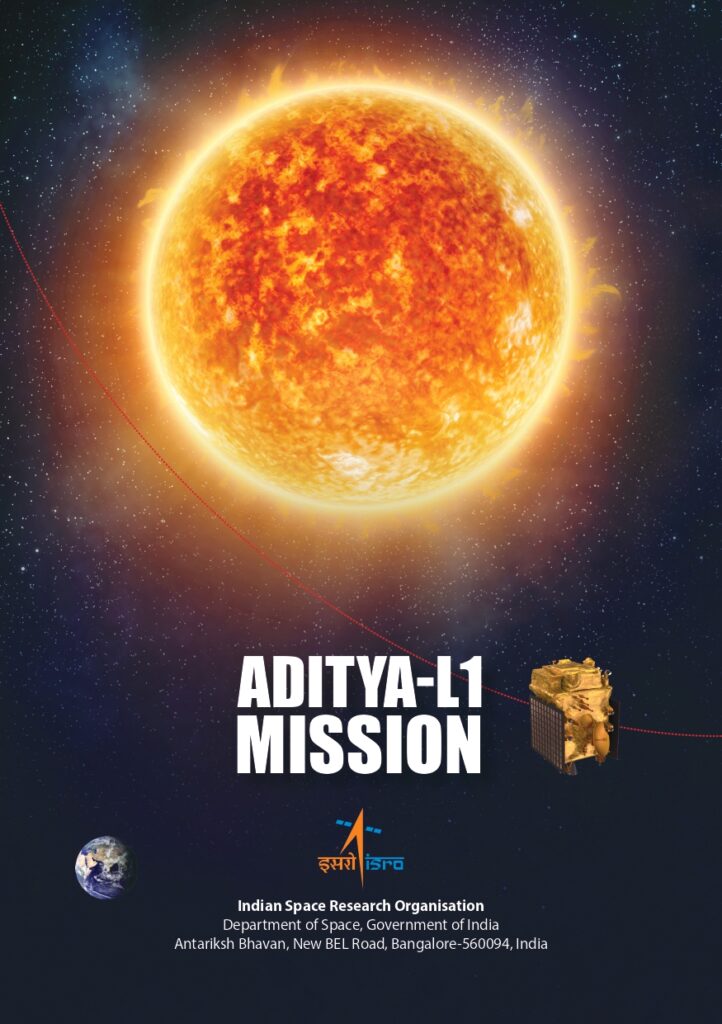
Scientific Objectives
The core scientific objectives of the Aditya L1 mission encompass a wide range of solar phenomena:
- Exploring Solar Atmosphere Dynamics: The mission aims to investigate the dynamics of the Sun’s upper atmosphere, including the chromosphere and corona.
- Unveiling Coronae Mysteries: Aditya L1 seeks to unravel the mysteries of coronal heating, the physics of partially ionized plasma, and the initiation of coronal mass ejections (CMEs) and solar flares.
- Studying Space Environment: The mission will provide valuable in-situ data on particles and plasma within the solar wind, contributing to our understanding of solar wind dynamics.
- Deciphering Solar Corona Physics: Aditya L1 aims to shed light on the mechanism behind the heating of the solar corona, a phenomenon that has long perplexed scientists.
- Characterizing Magnetic Fields: Through advanced magnetometers, the mission will study the topology and variations of magnetic fields in the solar corona.
- Space Weather Insights: By examining the solar wind’s origin, composition, and dynamics, the mission aims to enhance our ability to predict and manage space weather events.
Payloads on Board
The Aditya L1 spacecraft carries a suite of seven cutting-edge scientific payloads, each designed to fulfill specific scientific investigations:
- Visible Emission Line Coronagraph (VELC): This payload facilitates imaging and spectroscopy of the solar corona, providing insights into its characteristics.
- Solar Ultraviolet Imaging Telescope (SUIT): SUIT performs narrow and broadband imaging of the photosphere and chromosphere, contributing to our understanding of these layers.
- Solar Low Energy X-ray Spectrometer (SoLEXS): SoLEXS is a soft X-ray spectrometer that observes the Sun as a star, enabling the study of its X-ray emissions.
- High Energy L1 Orbiting X-ray Spectrometer (HEL1OS): HEL1OS serves as a hard X-ray spectrometer to further our understanding of the Sun’s X-ray emissions.
- Aditya Solar wind Particle Experiment (ASPEX): ASPEX is an in-situ particle analyzer that focuses on studying solar wind’s composition, including protons and heavier ions.
- Plasma Analyser Package for Aditya (PAPA): PAPA analyzes solar wind’s electrons and heavier ions, providing valuable information about their behavior.
- Advanced Tri-axial High Resolution Digital Magnetometers: This payload measures in-situ magnetic fields in three dimensions (Bx, By, and Bz), contributing to our knowledge of solar magnetic fields.
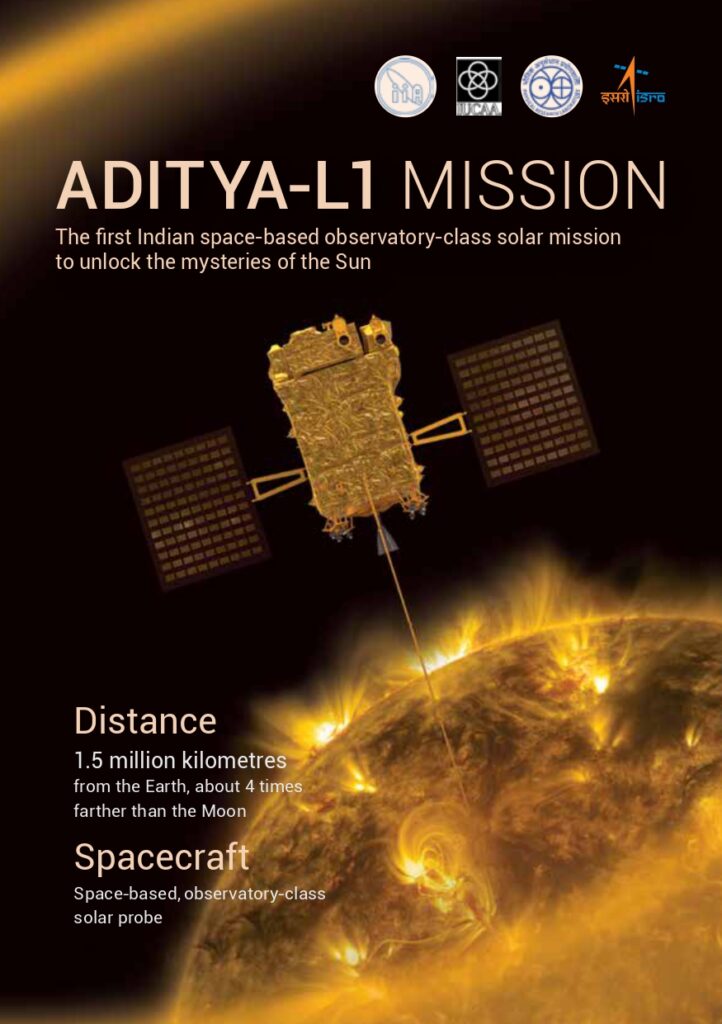
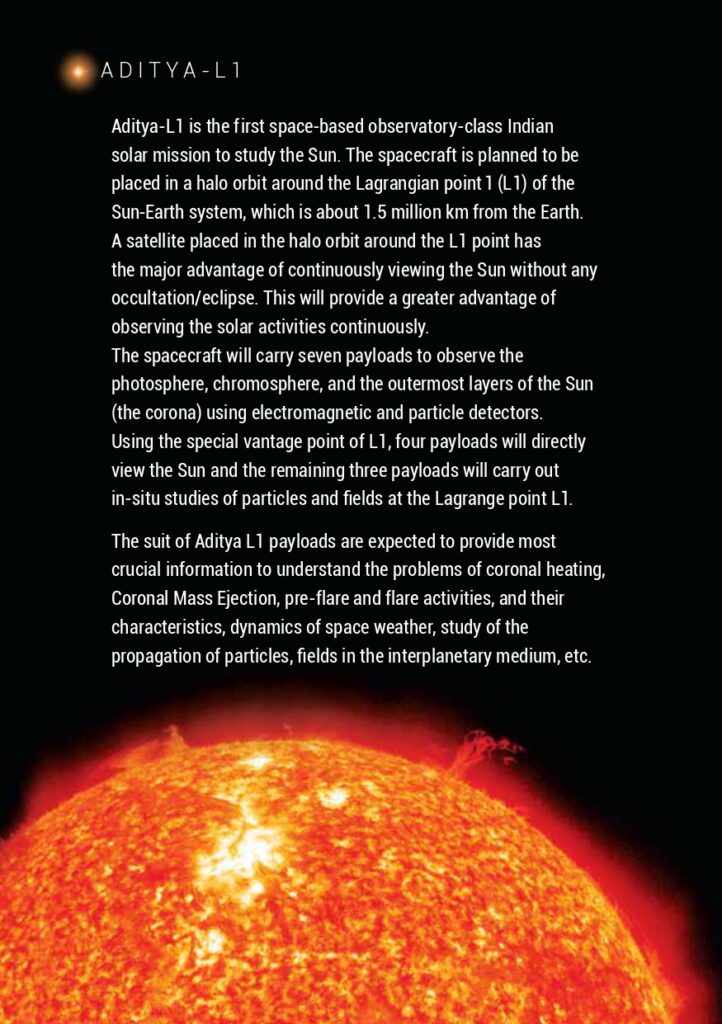
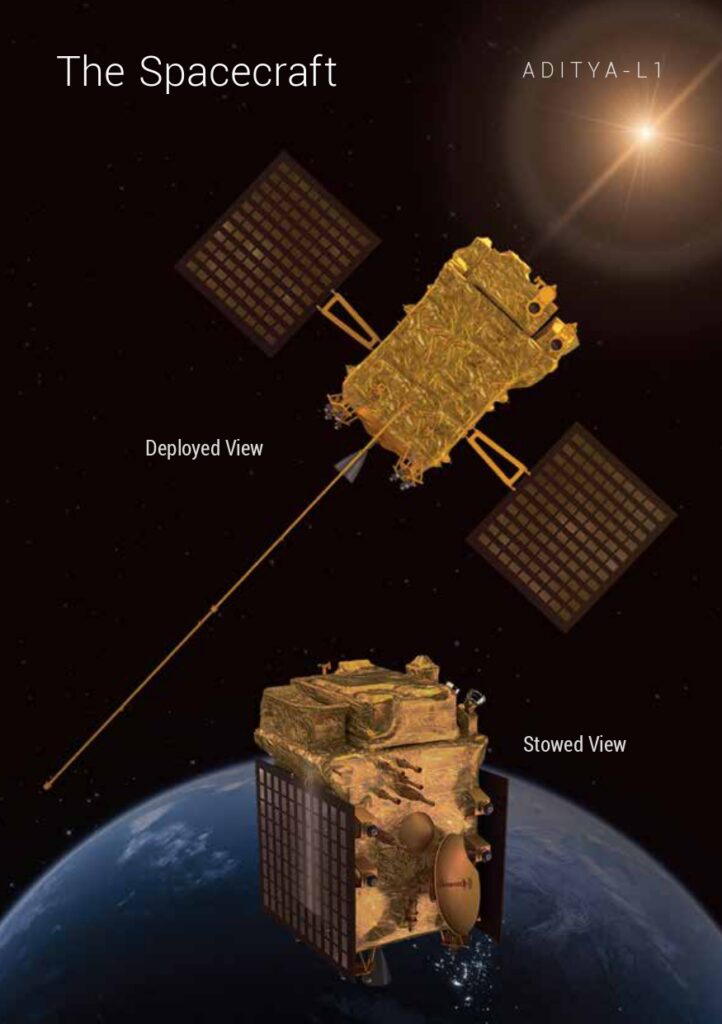
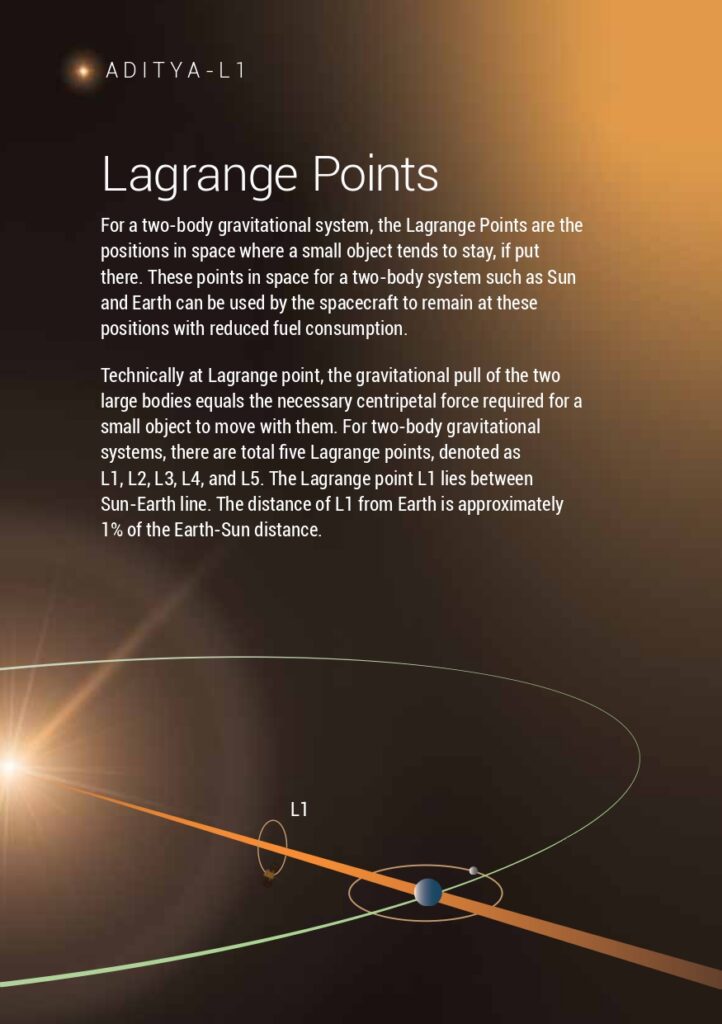
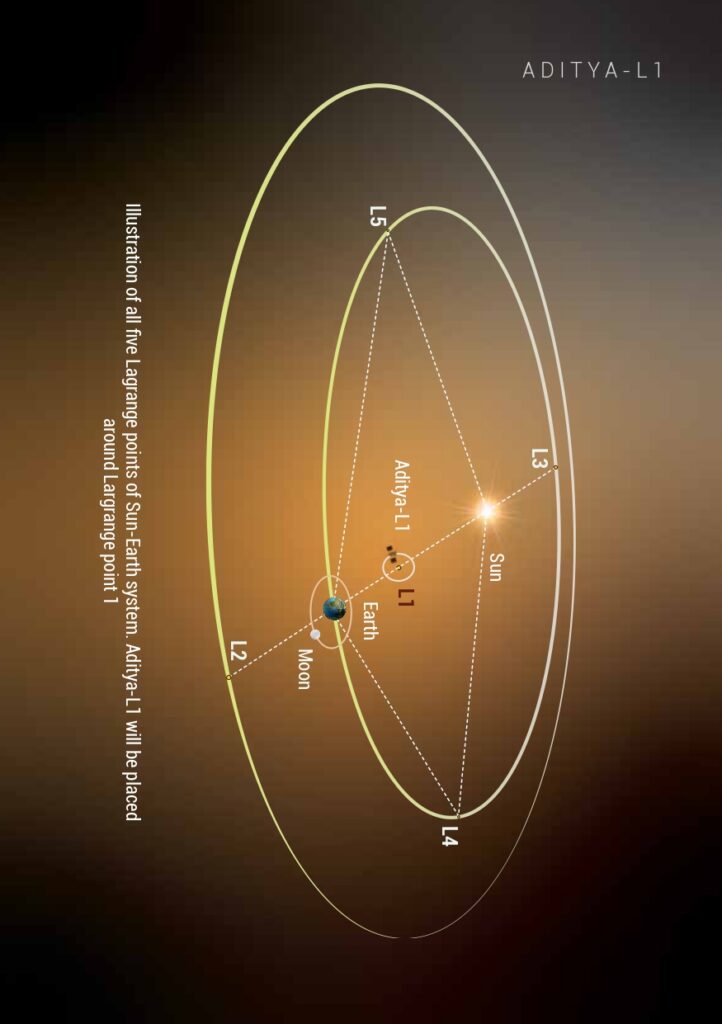
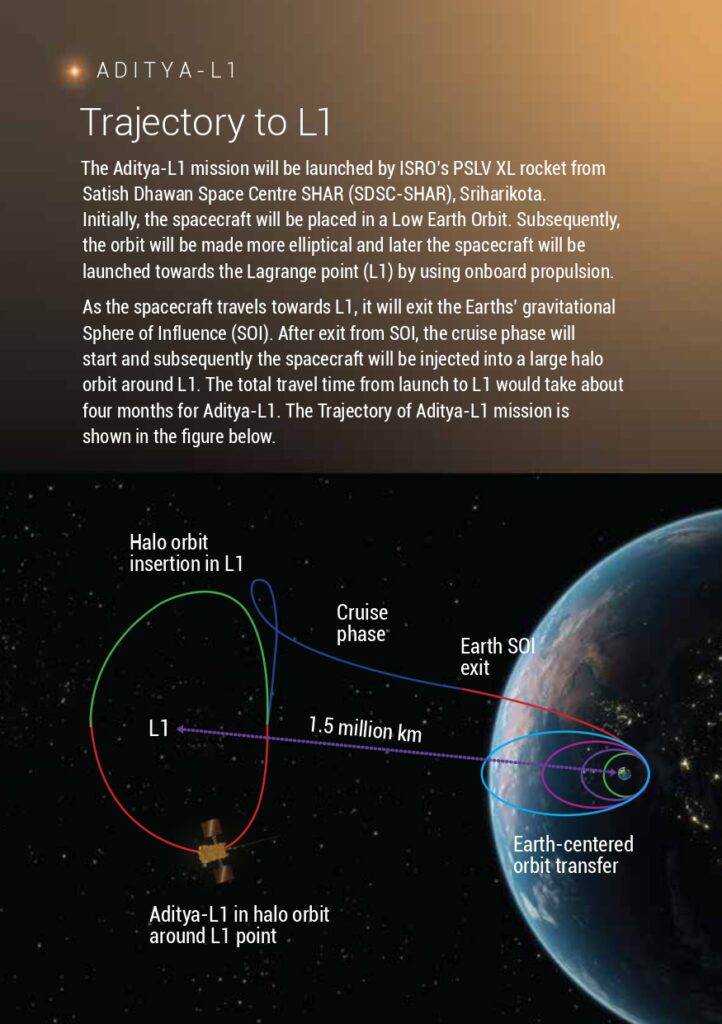
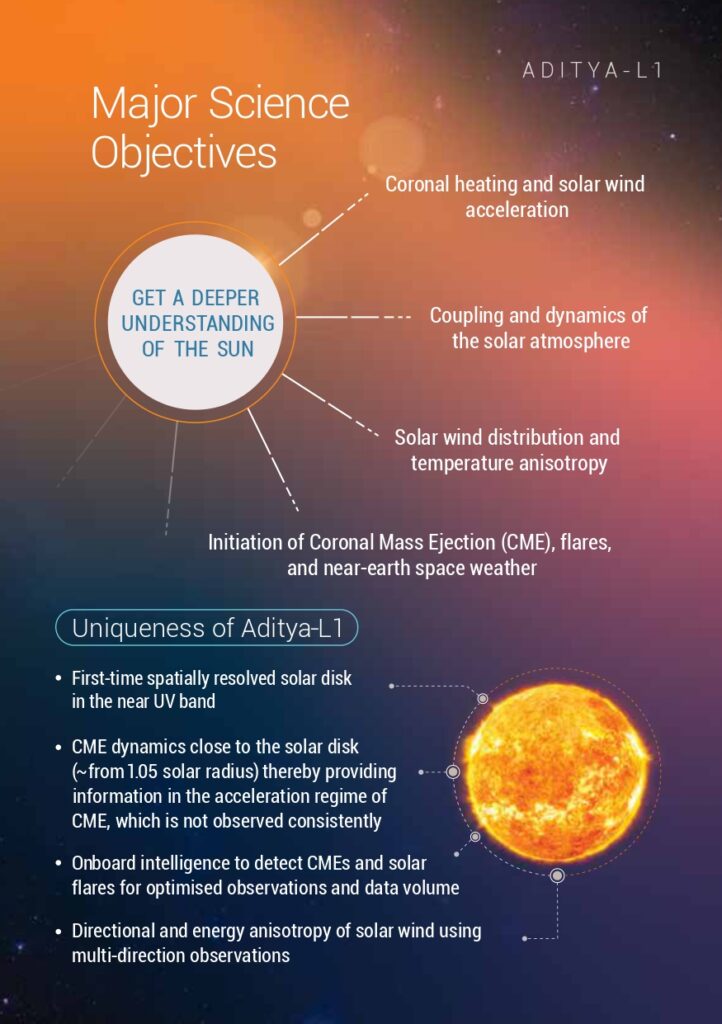
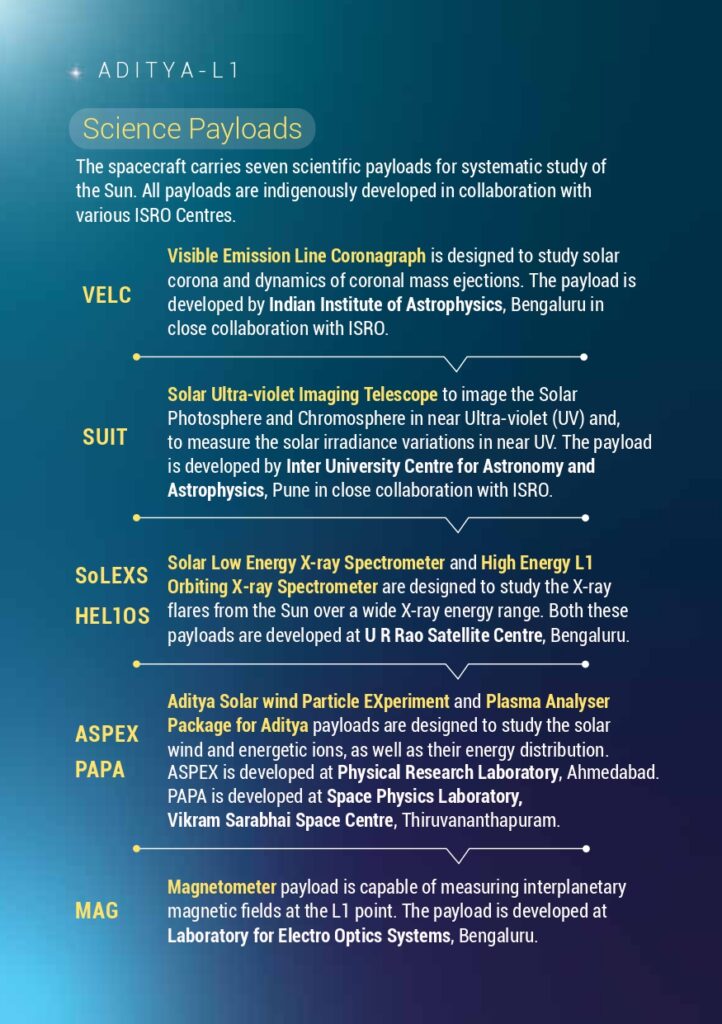
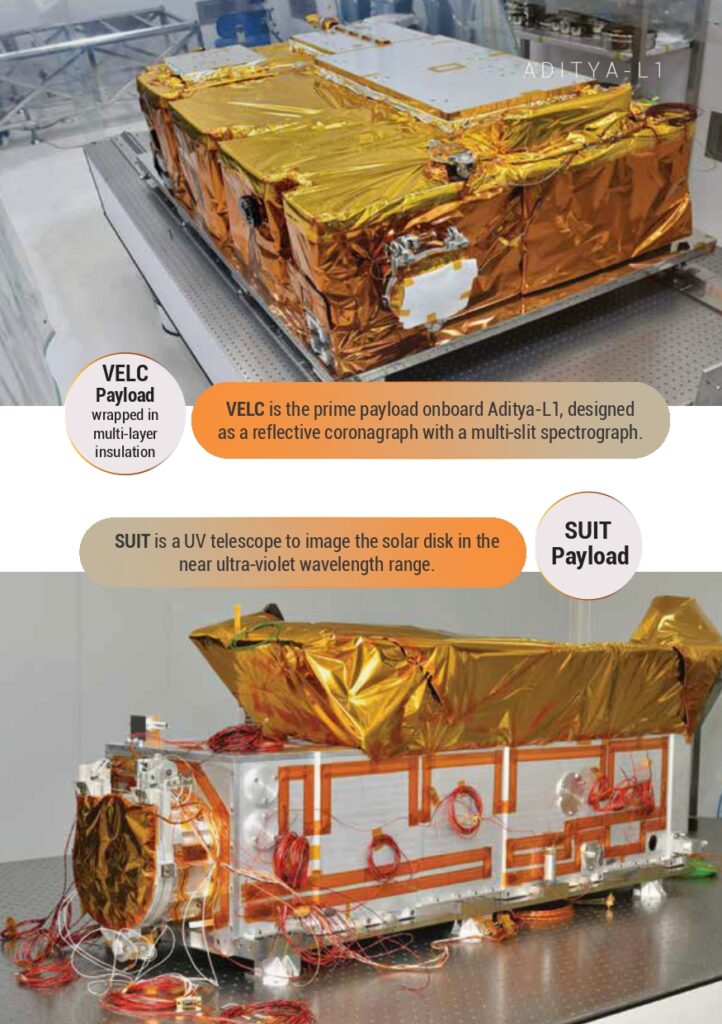
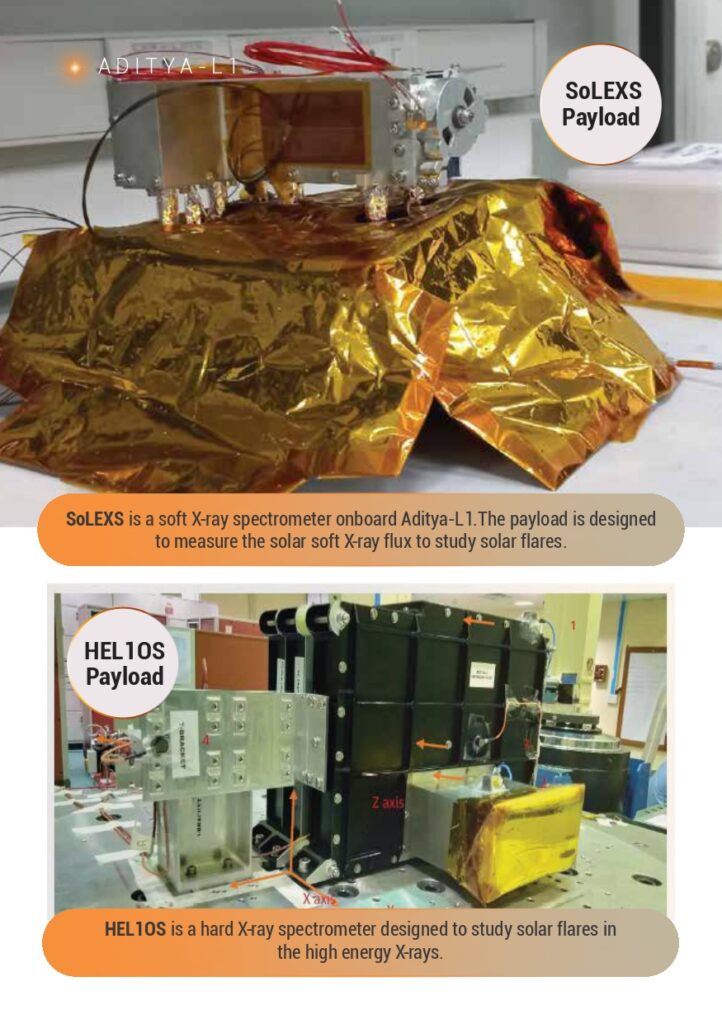
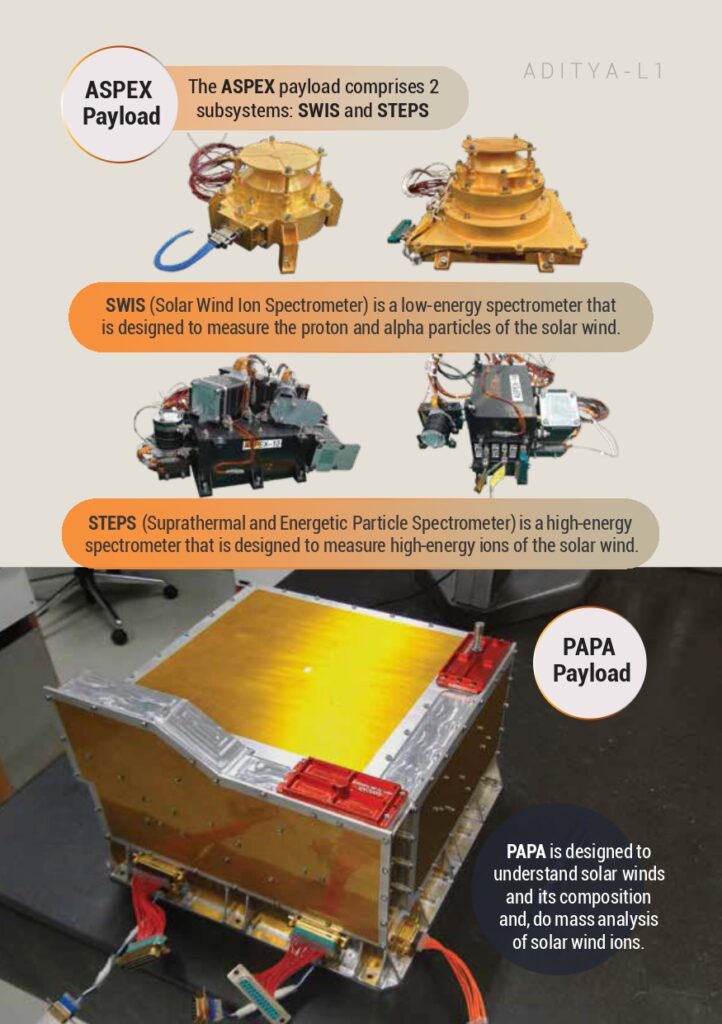
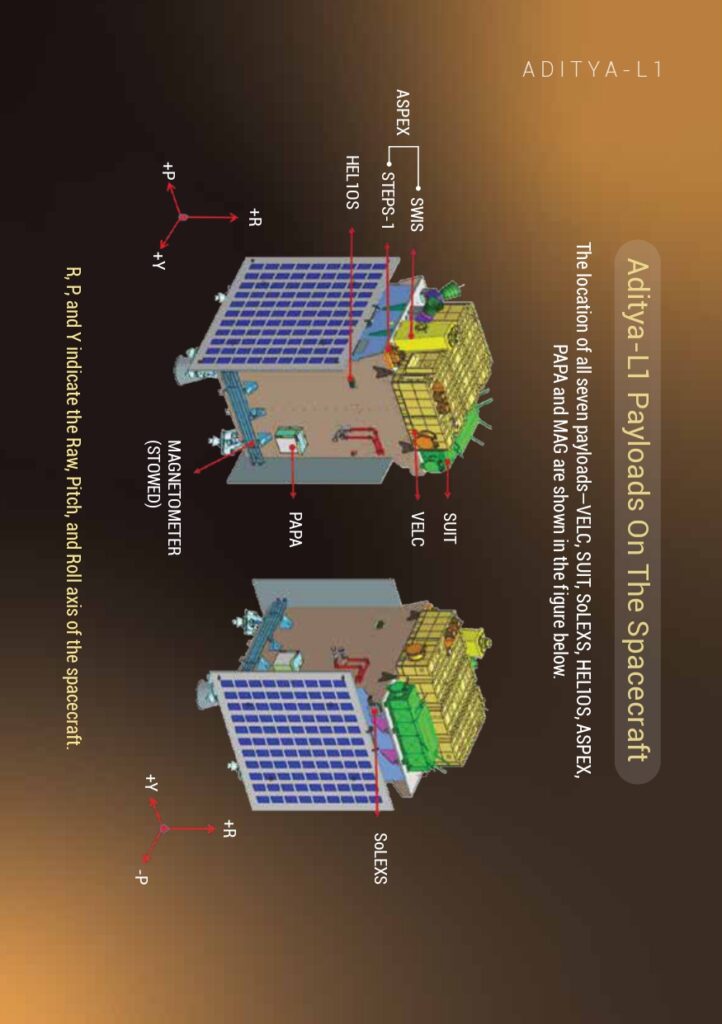
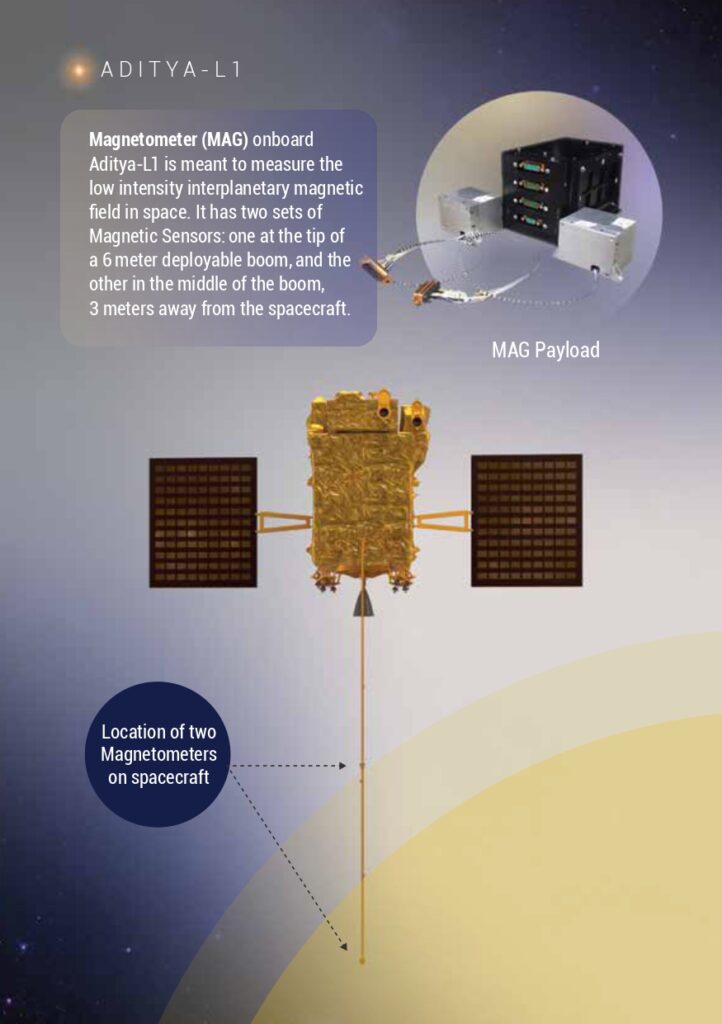
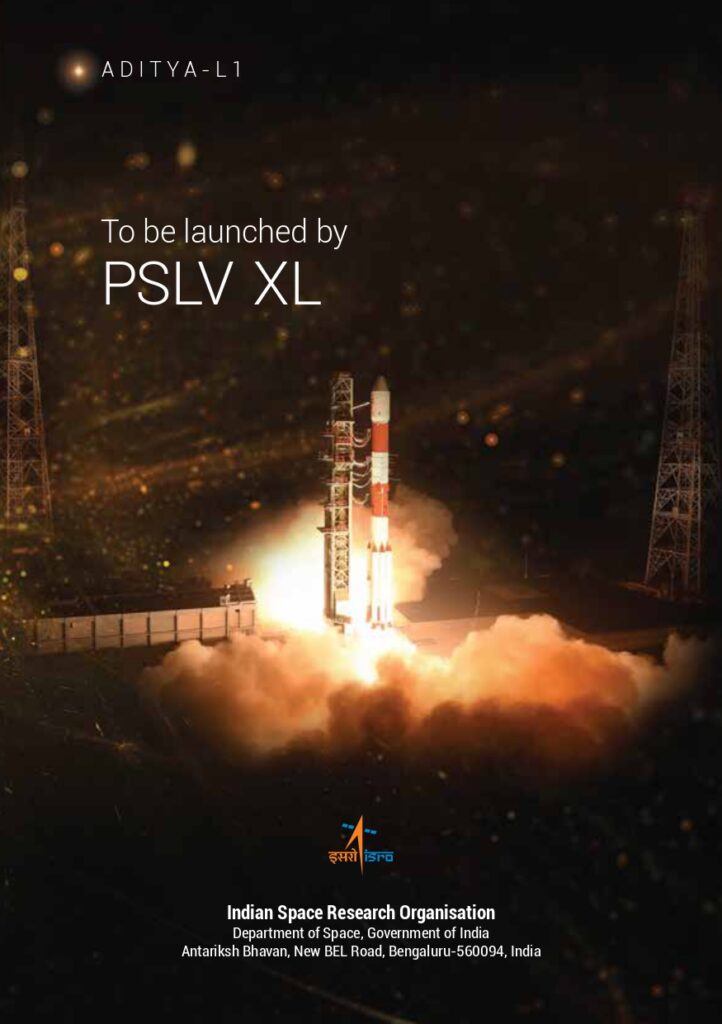
Aditya L1: A Knowledge Quest
As Aditya L1 embarks on its historic journey to uncover the Sun’s enigmatic secrets, it presents a unique opportunity for students and enthusiasts to enhance their understanding of space science. The mission’s intricate details, from its placement in a halo orbit to the advanced payloads it carries, underscore India’s commitment to advancing space research. By participating in quizzes and discussions related to Aditya L1, aspiring scientists can nurture their curiosity and knowledge, potentially shaping the future of space exploration.
Conclusion
The Aditya L1 mission stands poised to revolutionize our comprehension of the Sun, its dynamic activities, and the profound impact they have on our solar system. As this remarkable journey unfolds, scientists and researchers eagerly anticipate the troves of data that will unveil the mysteries of coronal heating, solar wind dynamics, and more. With its advanced payloads and innovative approach, Aditya L1 is poised to leave an indelible mark on solar research, illuminating the cosmic marvel that is our Sun.
FAQ | Aditya L1 Solar Mission
-
When will the Aditya-L1 mission be launched?
The Aditya-L1 mission is scheduled to be launched on September 2, 2023, from Sriharikota, Andhra Pradesh.
-
Where will the Aditya-L1 mission be launched from?
The Aditya-L1 mission will be launched from Sriharikota, Andhra Pradesh. This is India’s main spaceport.
-
Who is called the Rocket Man of India?
Dr. Vikram Sarabhai is called the Rocket Man of India. He laid the foundation of India’s space program.
-
What is the world’s first satellite?
The world’s first satellite was Sputnik 1. It was launched by the Soviet Union on October 4, 1957.
-
What is the first rocket launched in India?
The first rocket launched in India was the Sarabhai Star (SS-L3). It was launched on October 15, 1963.
-
What is the launch vehicle for the Aditya-L1 mission?
The Aditya-L1 mission will be launched by the PSLV-C57 rocket. PSLV is India’s most successful rocket. It is capable of carrying a payload of 13 tonnes.
-
What is the budget of the Aditya-L1 mission?
The budget of the Aditya-L1 mission is around Rs. 1000 crores. This is the most expensive space mission in India’s history.
-
What are the upcoming missions of ISRO?
ISRO is planning several new missions to expand its space program. Some of these missions include:
1. Gaganyaan: A human space mission.
2. DISCOVER: A space mission that will land on the surface of Mars.
Join us in anticipation as Aditya L1 embarks on its journey to illuminate the cosmic marvel that is our Sun. Follow its path to groundbreaking discoveries and stay connected for more space insights.
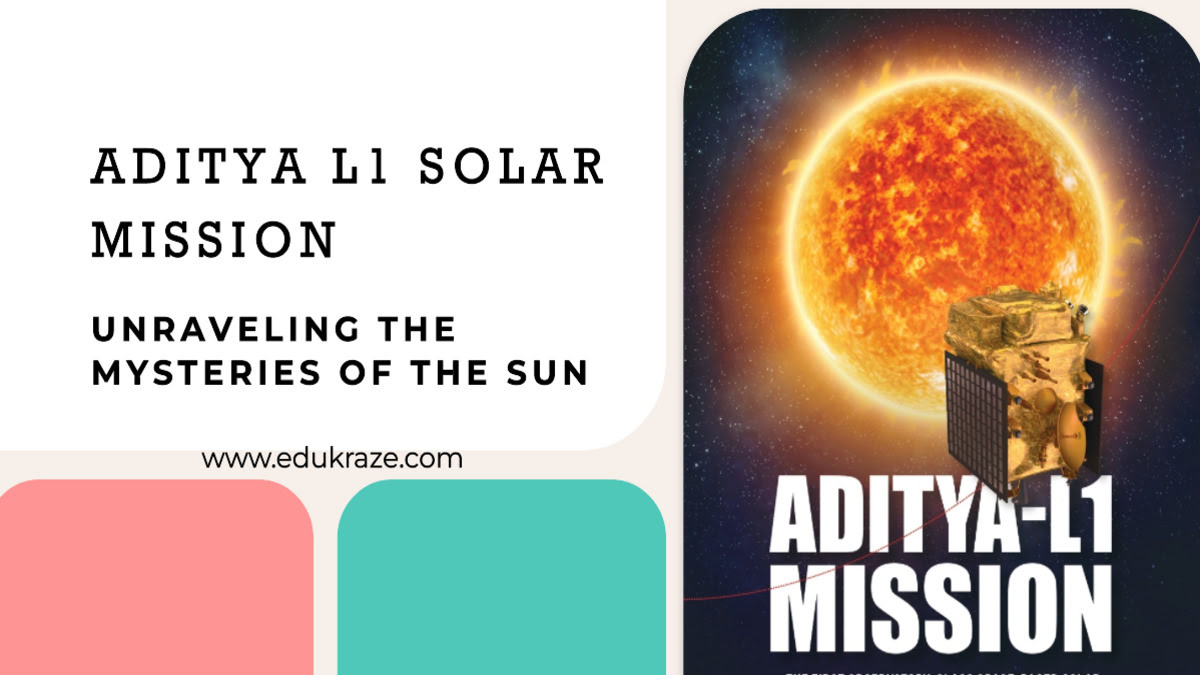







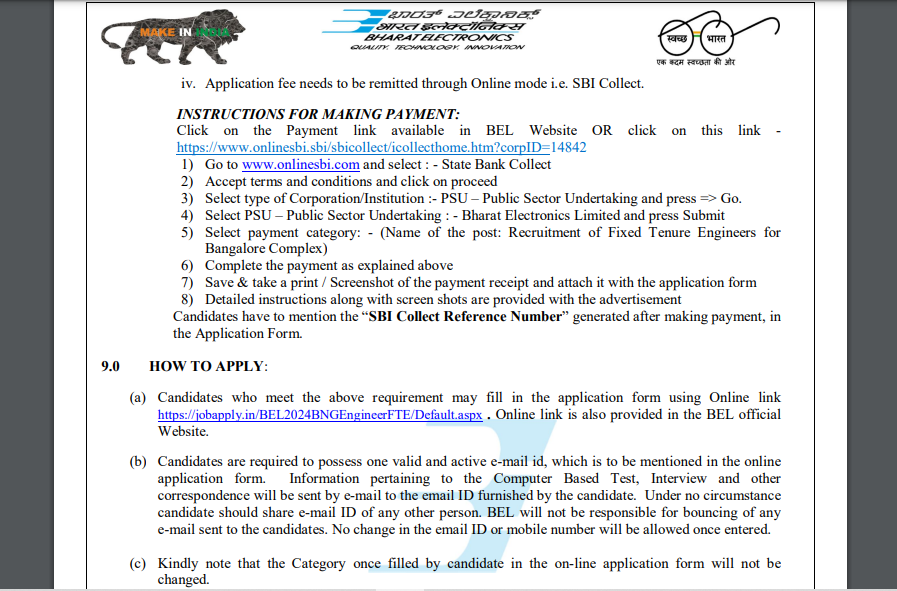
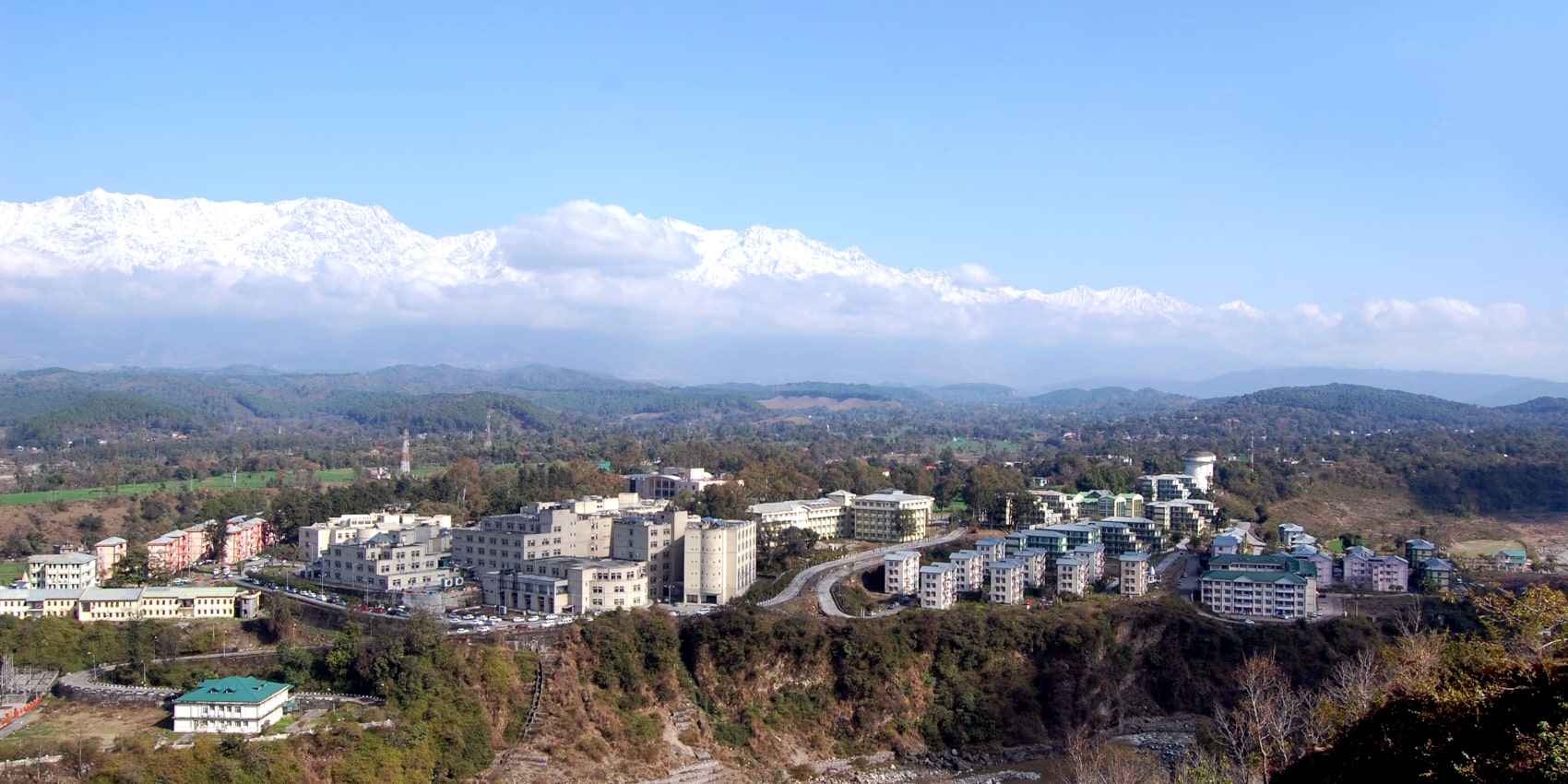





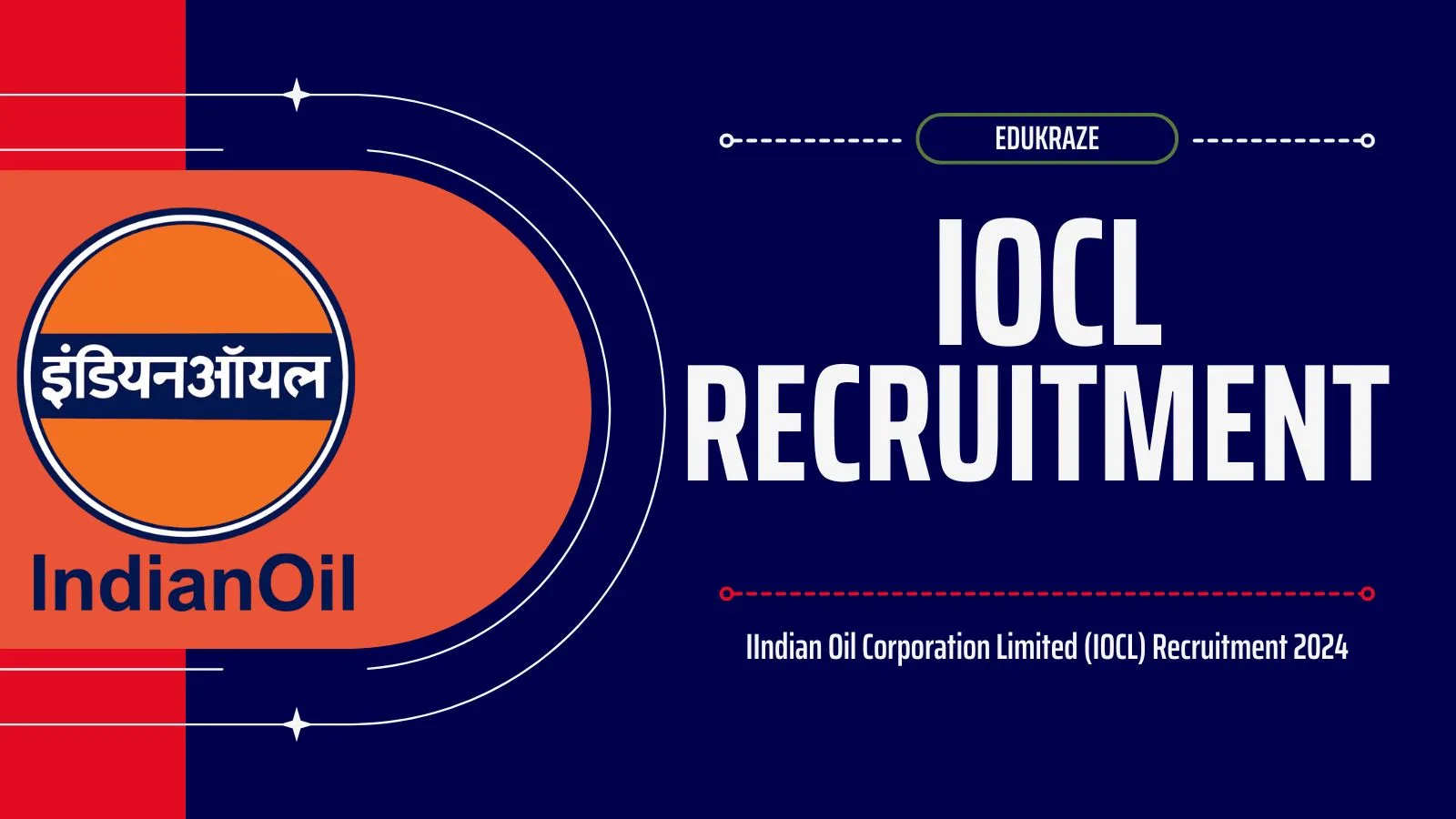
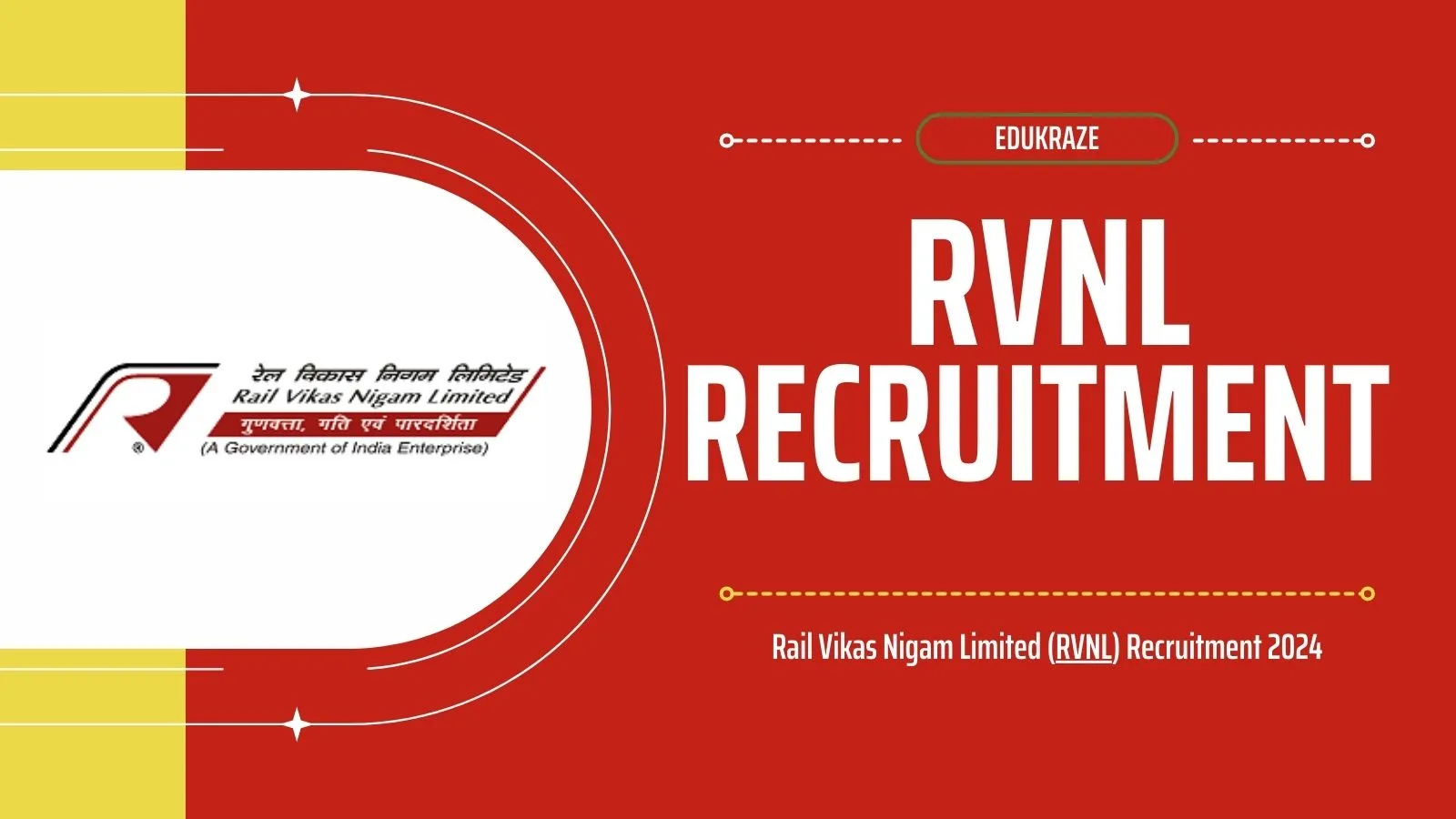








Wow, marvelous blog format! How long have you ever been running a blog for?
you make running a blog look easy. The full look of
your site is wonderful, as smartly as the content material!